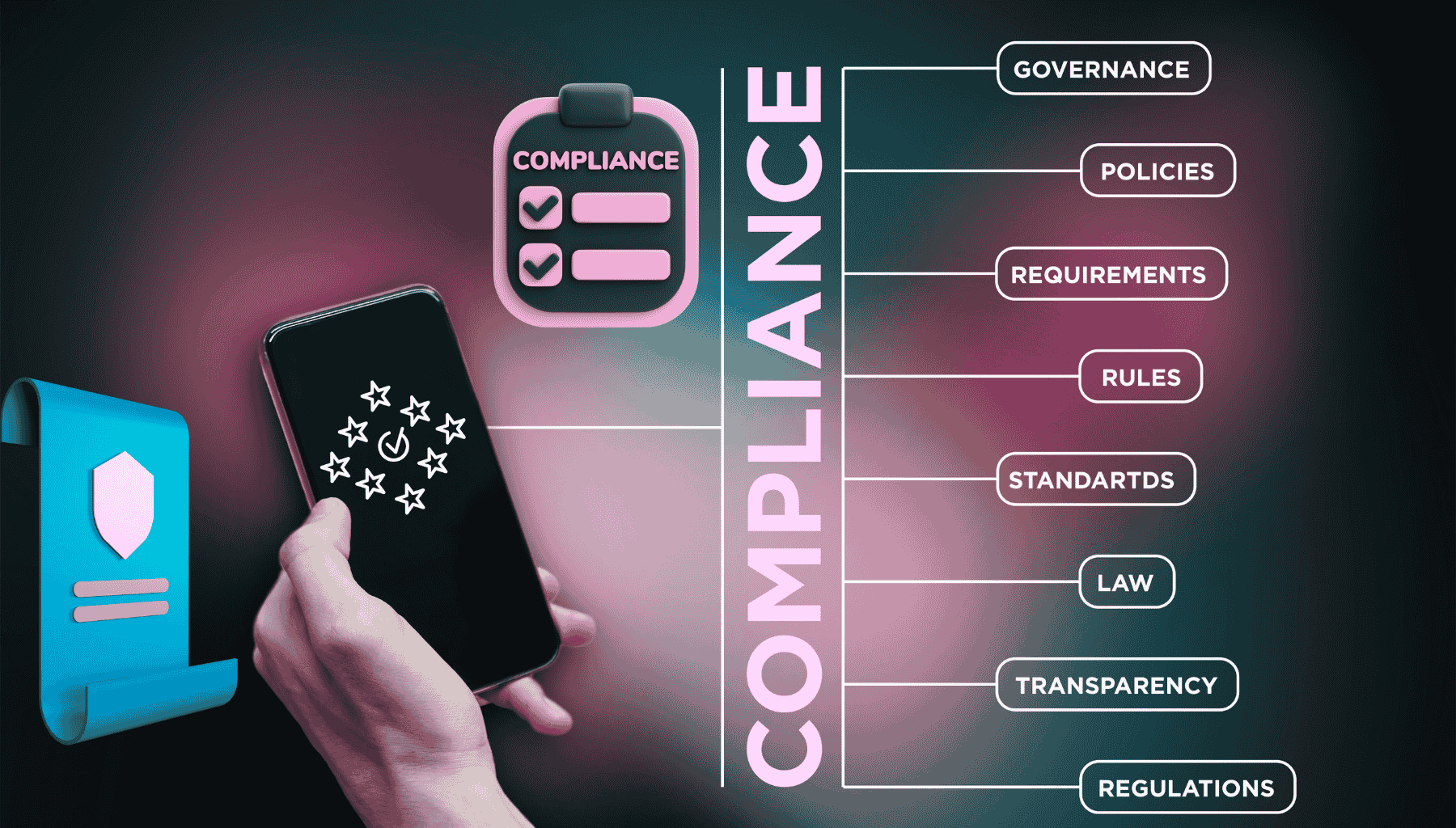Startup & Legal
- info@vega.org.in / support@vega.org.in
Book Your Free Consultation with Vega Consultants – Let's Build Success Together
Schedule a No-Cost Strategy Session for Tailored Solutions and Expert Guidance












Your board is the legal brain of the company. Any change—whether adding a new visionary, accepting a resignation, or removing a non‑performer—triggers statutory filings with tight deadlines.


| Action | Companies Act 2013 Section | Key Rules / Forms |
|---|---|---|
| Appointment | 152, 160, 161 | DIR‑12, Consent (DIR‑2), MBP‑1, MGT‑14 (if additional director) |
| Resignation | 168 | DIR‑12 (company) + optional DIR‑11 (director) |
| Removal | 169 | Special notice, Ordinary/Special resolution, DIR‑12, MGT‑14 |
| Change in Designation | 196, 203 | DIR‑12, board resolution |
Your board is the legal brain of the company. Any change—whether adding a new visionary, accepting a resignation, or removing a non‑performer—triggers statutory filings with tight deadlines. One missed DIR‑12 or an incorrect board resolution can: freeze further ROC forms, invite penalties up to 12 × standard fees, and delay fund‑raising or bank approvals. We specialise in one‑stop director lifecycle management, keeping you 100 % compliant from boardroom to MCA portal.

Eligibility Check & DIN Search – ensure proposed director holds an active DIN & DSC.
Consent & Disclosure – DIR‑2 consent + MBP‑1 disclosure of interest.
Board Meeting – pass appointment resolution; authorise DIR‑12 filing.
Shareholder Approval – ordinary resolution at AGM/EGM if required.
File DIR‑12 within 30 days (attach consent, resolutions).
Update Statutory Registers (MR‑1, Register of Directors).
Director Notice – written resignation to board.
Board Meeting – take note & authorise ROC filing.
File DIR‑12 within 30 days; attach resignation letter & board minutes.
(Optional) Director Files DIR‑11 within 30 days for personal record.
Disclosure in Directors’ Report & Website (listed entities).
Special Notice (14 days) under Sec 169(2).
Circulate Notice to Director – allow written / oral representation at meeting .
Board Meeting – call EGM; approve explanatory statement.
EGM – pass ordinary (or special for independent director) resolution.
File MGT‑14 (resolution) + DIR‑12 (cessation) within 30 days.
Update Registers & Intimate Stakeholders (banks, lenders, stock exchanges).

| Non‑Compliance | Penalty / Consequence |
|---|---|
| DIR‑12 late / wrong filing | Additional fee up to 12×; ROC may mark form “Invalid” corpbiz.io |
| Non‑filing within 300 days | Compounding + adjudication of penalties |
| Board below statutory minimum (3 for Public, 2 for Private) | ROC notice; possible strike‑off |
| Failure to pass special notice for removal | Resolution void; director can move NCLT |
| Using deactivated DIN | Form rejection & penal action |
| Form | Trigger Event | Govt Fee* | Late Fee** | Key Attachments |
|---|---|---|---|---|
| DIR‑12 | Appointment / Resignation / Removal | ₹200–₹600 | See table below | Resolutions, Consent, Letters |
| DIR‑11 | Director’s voluntary intimation | ₹0 | ₹0 (within 30 days) | Resignation letter |
| MGT‑14 | Special / Ordinary resolution filing | ₹200–₹600 | ₹100 / day | Certified true copy of resolution |
**Additional fee multiplier for DIR‑12 delays: 2× to 12× standard fee depending on days overdue
| Scenario | Core Docs (PDF ≤ 6 MB each) | Signatories |
|---|---|---|
| Appointment | DIR‑2, MBP‑1, board & member resolutions, ID & address proofs (if new DIN) | New director DSC + CS/Director DSC |
| Resignation | Resignation letter, board resolution, DIR‑11 (optional) | Outgoing & authorised director DSC |
| Removal | Special notice, proof of dispatch, EGM minutes, resolutions | Chairman/CS DSC |
💡 Tip: Ensure the name sequence on DSC matches PAN; 60 % of DIR‑12 rejections stem from DSC‑PAN mismatches.
The process involves holding a Board Meeting, obtaining consent/resignation letters, passing necessary resolutions, and filing Form DIR-12 with the Registrar of Companies (ROC) within 30 days.
Form DIR-12 is mandatory for all director appointments, resignations, removals, or designation changes. Form MGT-14 may also be required if shareholder approval is involved.
Yes. A director can resign by giving written notice to the company. The resignation is effective from the date mentioned in the letter or the date the company receives it, whichever is later. The company must file DIR-12 within 30 days.
DIR-11 is an optional form that the resigning director may file with the MCA to ensure personal record of the resignation, especially in cases of conflict with the company.
Late filing attracts additional fees (2x to 12x of the base fee), and in some cases, it may lead to form rejection, company penalties, or compliance flags in MCA records.
Yes, under Section 169 of the Companies Act, shareholders can remove a director through an ordinary resolution in a general meeting, after serving a special notice and giving the director a chance to respond.
For appointment: If not in the regular AGM or not a retiring director, approval via ordinary resolution is needed.
For removal: Shareholder approval via ordinary resolution is mandatory under Section 169.
Once DIR-12 and supporting documents are filed correctly, approval is usually granted instantly through MCA’s Straight-Through Processing (STP) system—provided there are no errors or rejections.
Board Resolution
Consent Letter (DIR-2) or Resignation Letter
Identity & Address Proof
MBP-1 (disclosure of interest)
Valid Class-3 Digital Signature (DSC)
We provide:
✅ Legal guidance and document drafting
✅ Board & EGM resolution formats
✅ DIR-12, DIR-11, MGT-14 filings with MCA
✅ End-to-end tracking, DSC validation, and DIN checks
✅ Emergency filings and compliance audit on request
